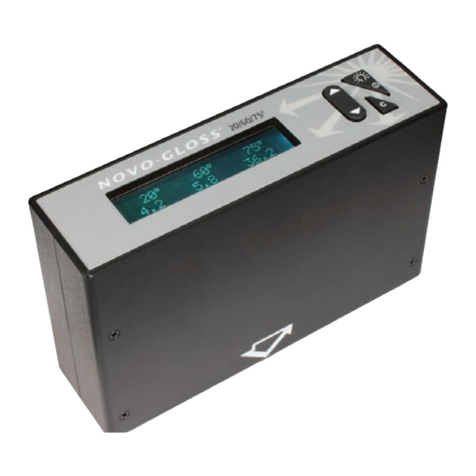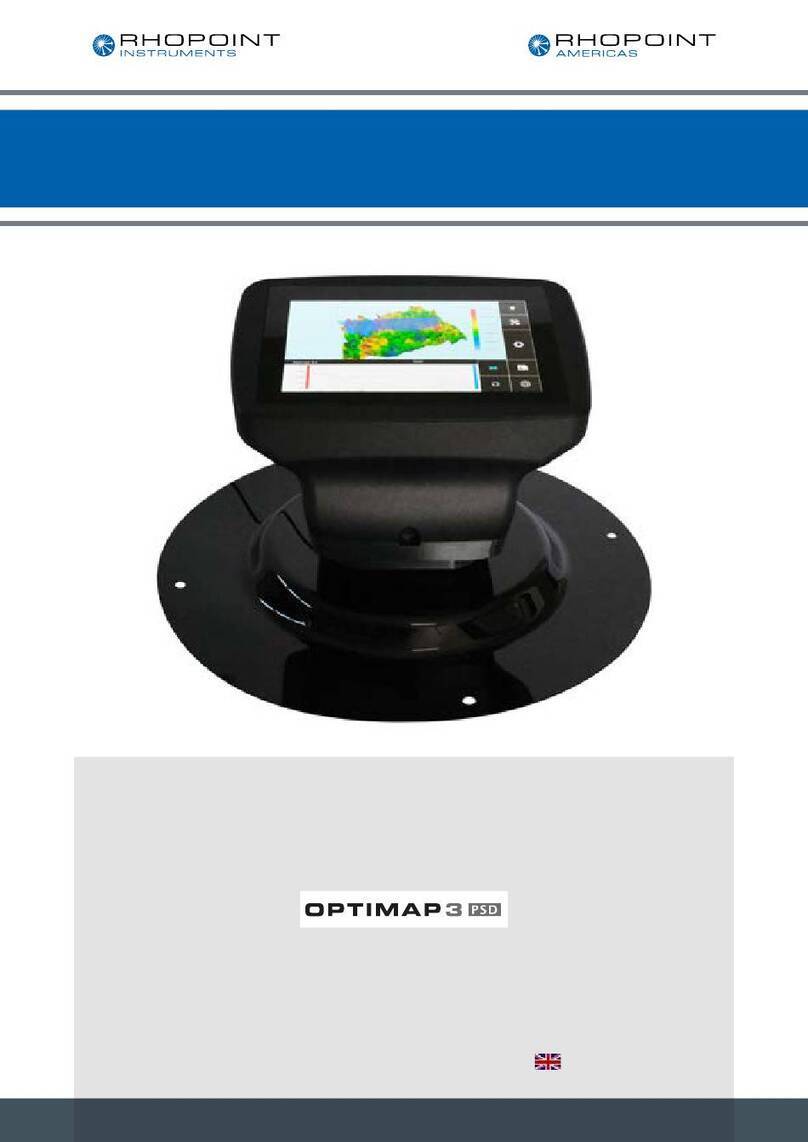Rhopoint IQ User manual
Other Rhopoint Measuring Instrument manuals
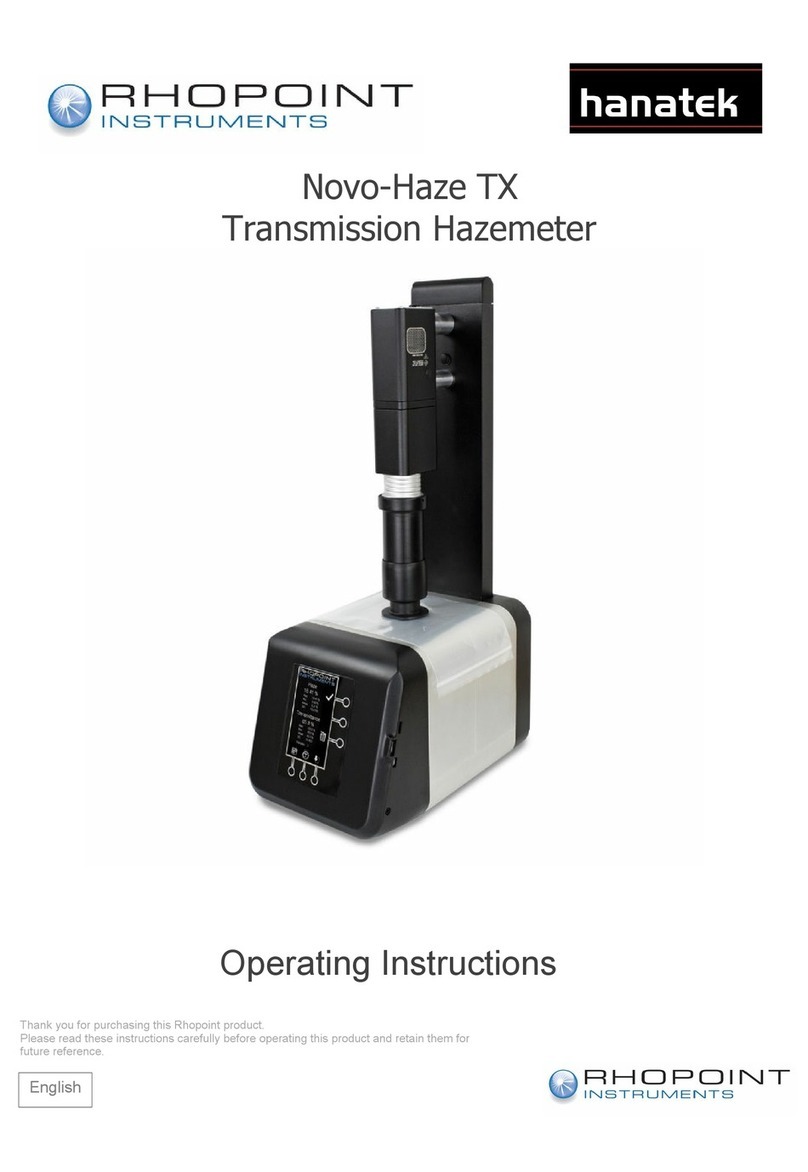
Rhopoint
Rhopoint Hanatek Novo-Haze TX User manual
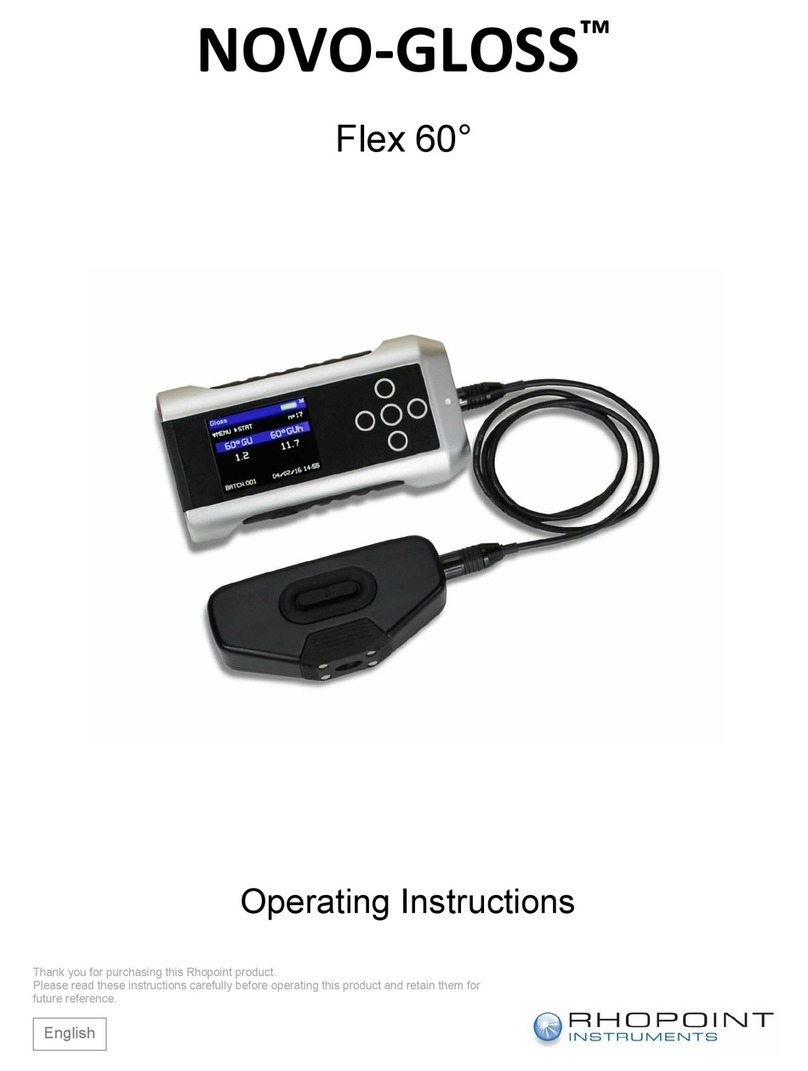
Rhopoint
Rhopoint NOVO-GLOSS Flex 60 User manual

Rhopoint
Rhopoint NOVO-GLOSS IQ User manual
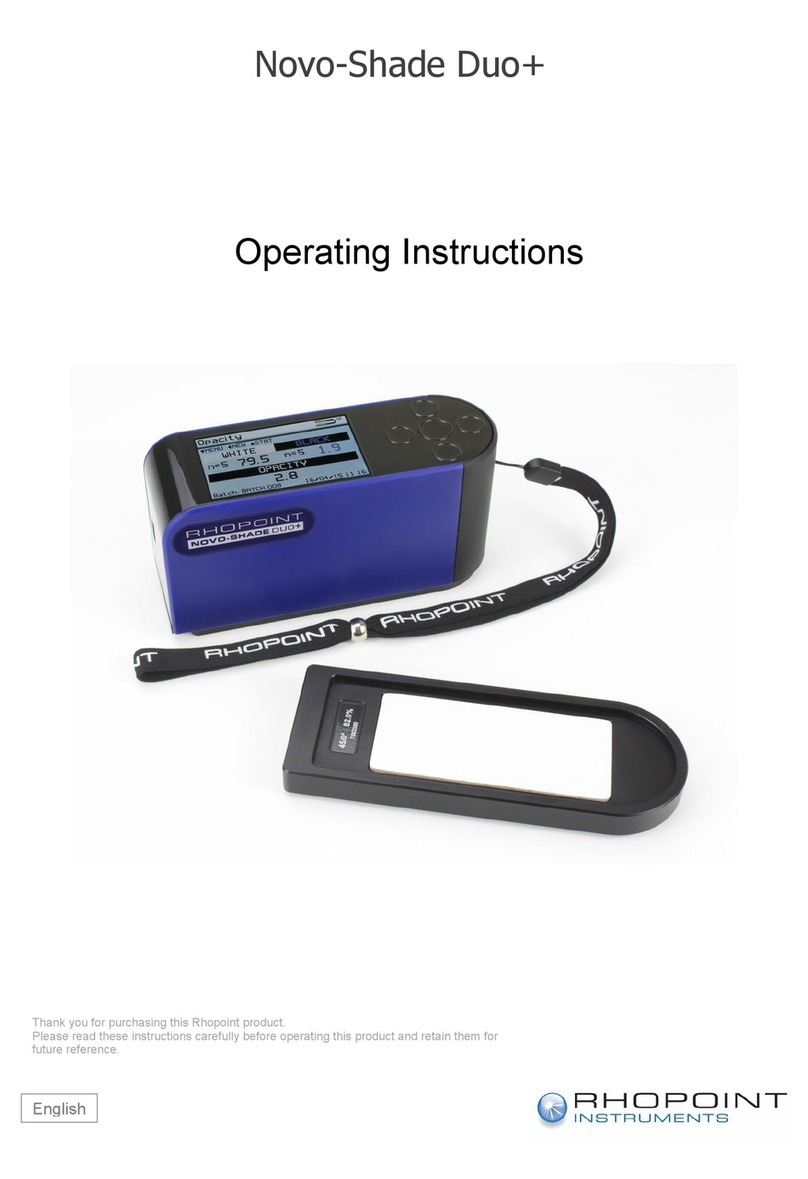
Rhopoint
Rhopoint Novo-Shade Duo+ User manual
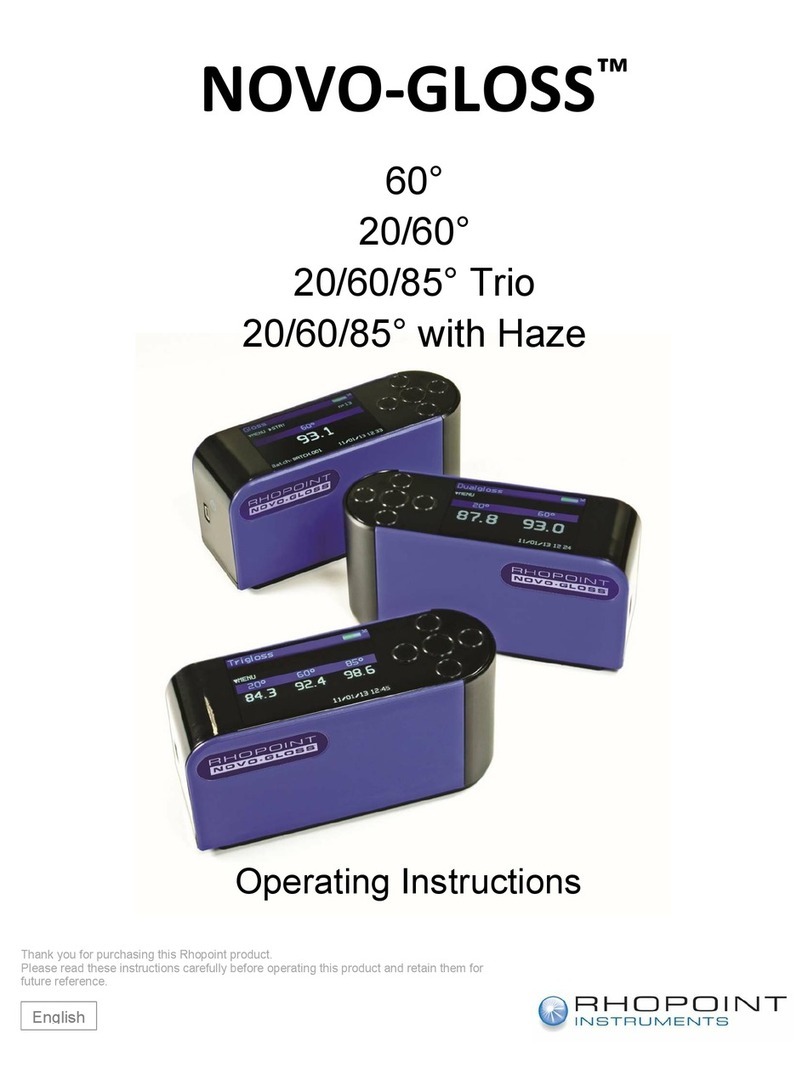
Rhopoint
Rhopoint NOVO-GLOSS 60 User manual
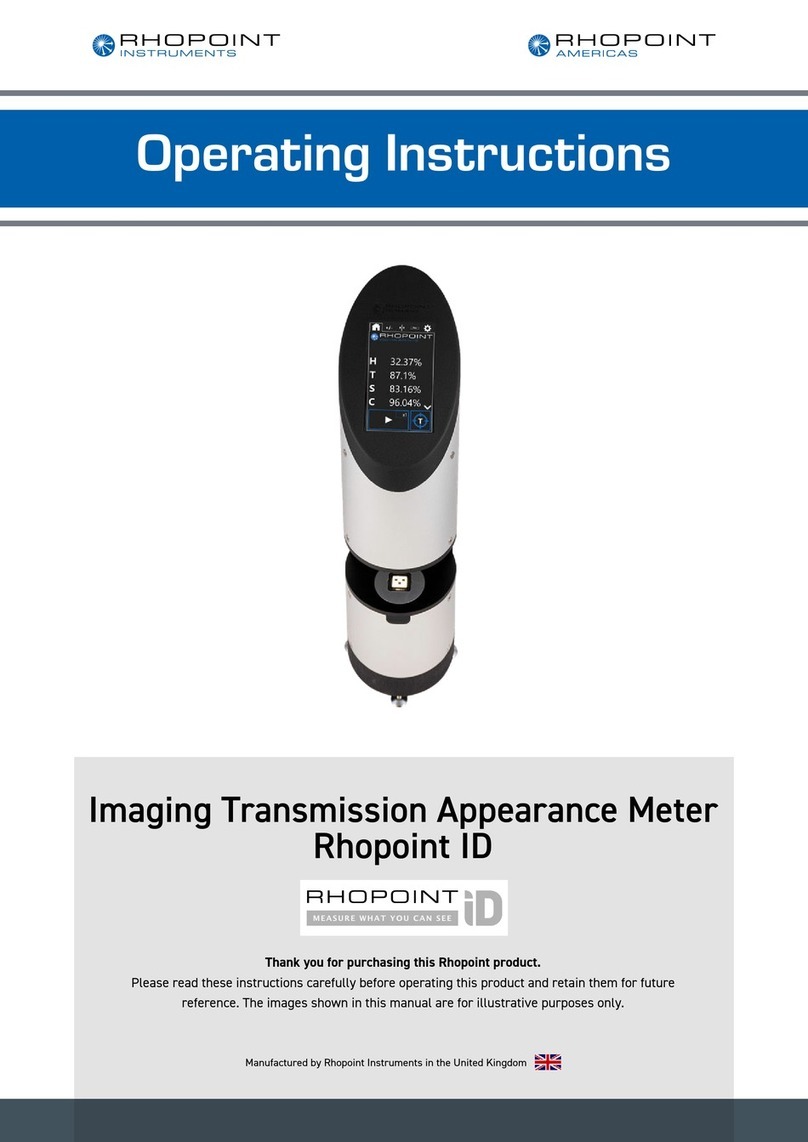
Rhopoint
Rhopoint ID User manual

Rhopoint
Rhopoint NOVO-SHADE DUO User manual
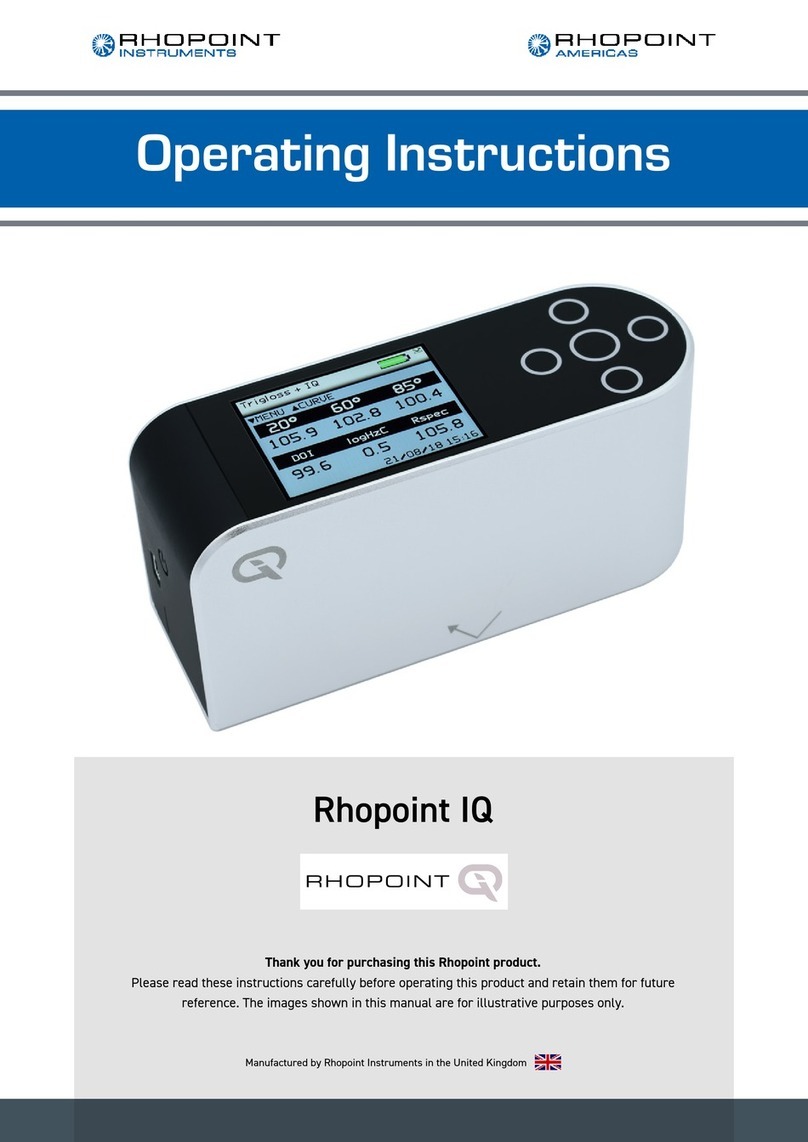
Rhopoint
Rhopoint IQ 20/60 User manual
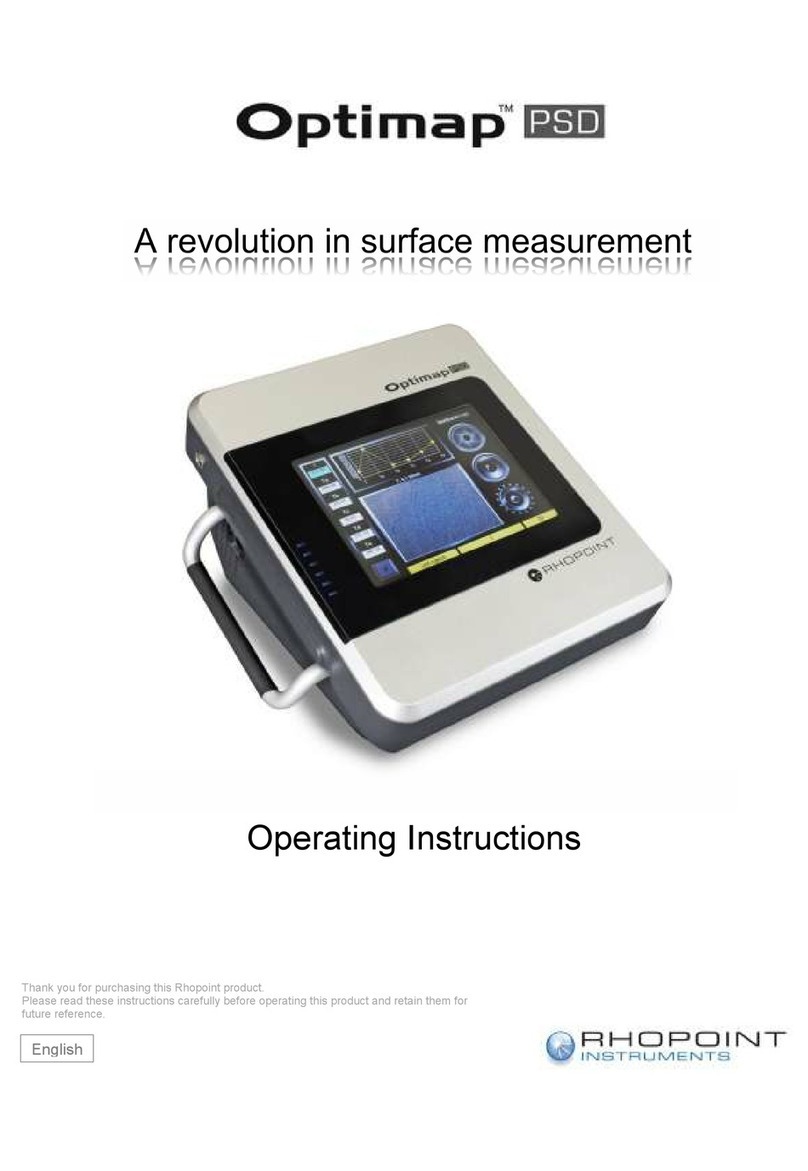
Rhopoint
Rhopoint Optimap PSD User manual

Rhopoint
Rhopoint NOVO-GLOSS User manual
Popular Measuring Instrument manuals by other brands

Powerfix Profi
Powerfix Profi 278296 Operation and safety notes

Test Equipment Depot
Test Equipment Depot GVT-427B user manual

Fieldpiece
Fieldpiece ACH Operator's manual

FLYSURFER
FLYSURFER VIRON3 user manual

GMW
GMW TG uni 1 operating manual

Downeaster
Downeaster Wind & Weather Medallion Series instruction manual

Hanna Instruments
Hanna Instruments HI96725C instruction manual

Nokeval
Nokeval KMR260 quick guide

HOKUYO AUTOMATIC
HOKUYO AUTOMATIC UBG-05LN instruction manual

Fluke
Fluke 96000 Series Operator's manual

Test Products International
Test Products International SP565 user manual

General Sleep
General Sleep Zmachine Insight+ DT-200 Service manual
